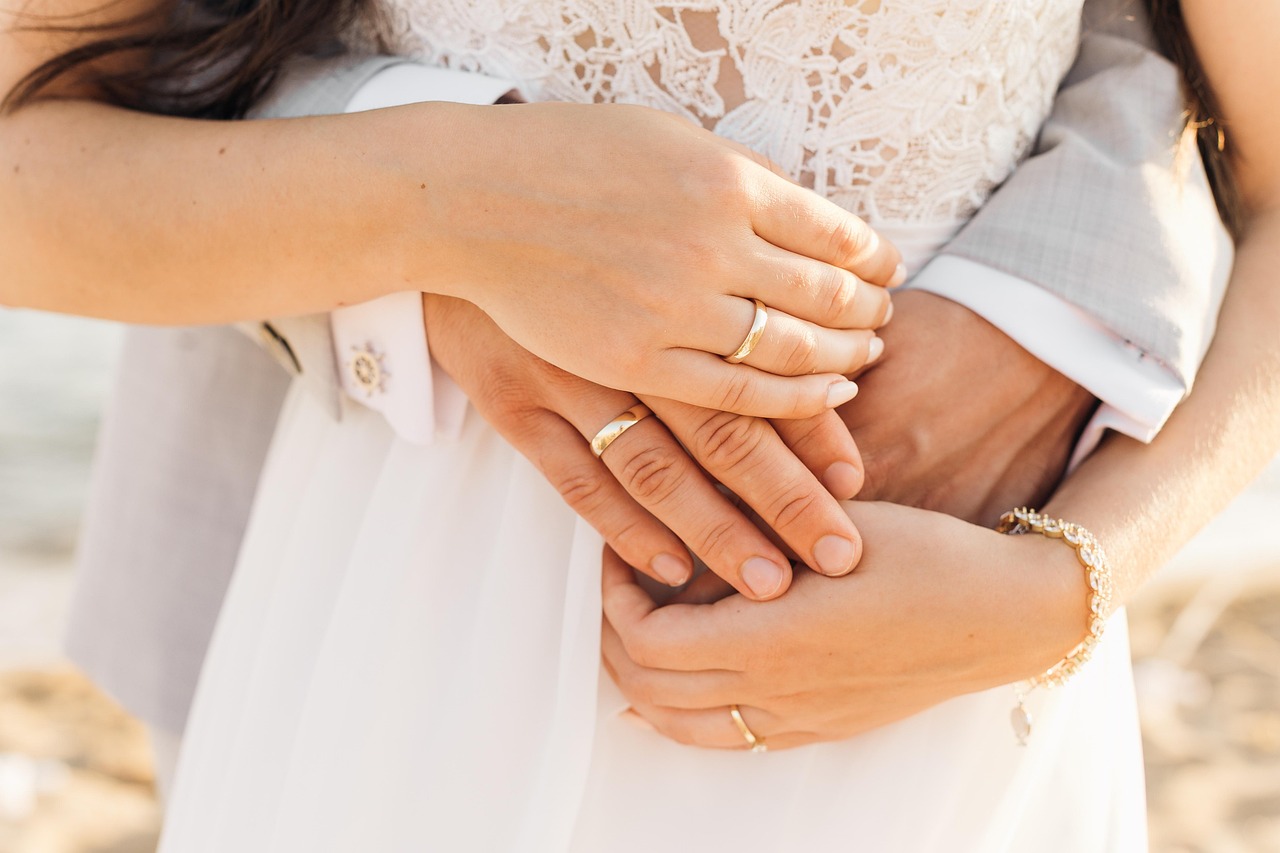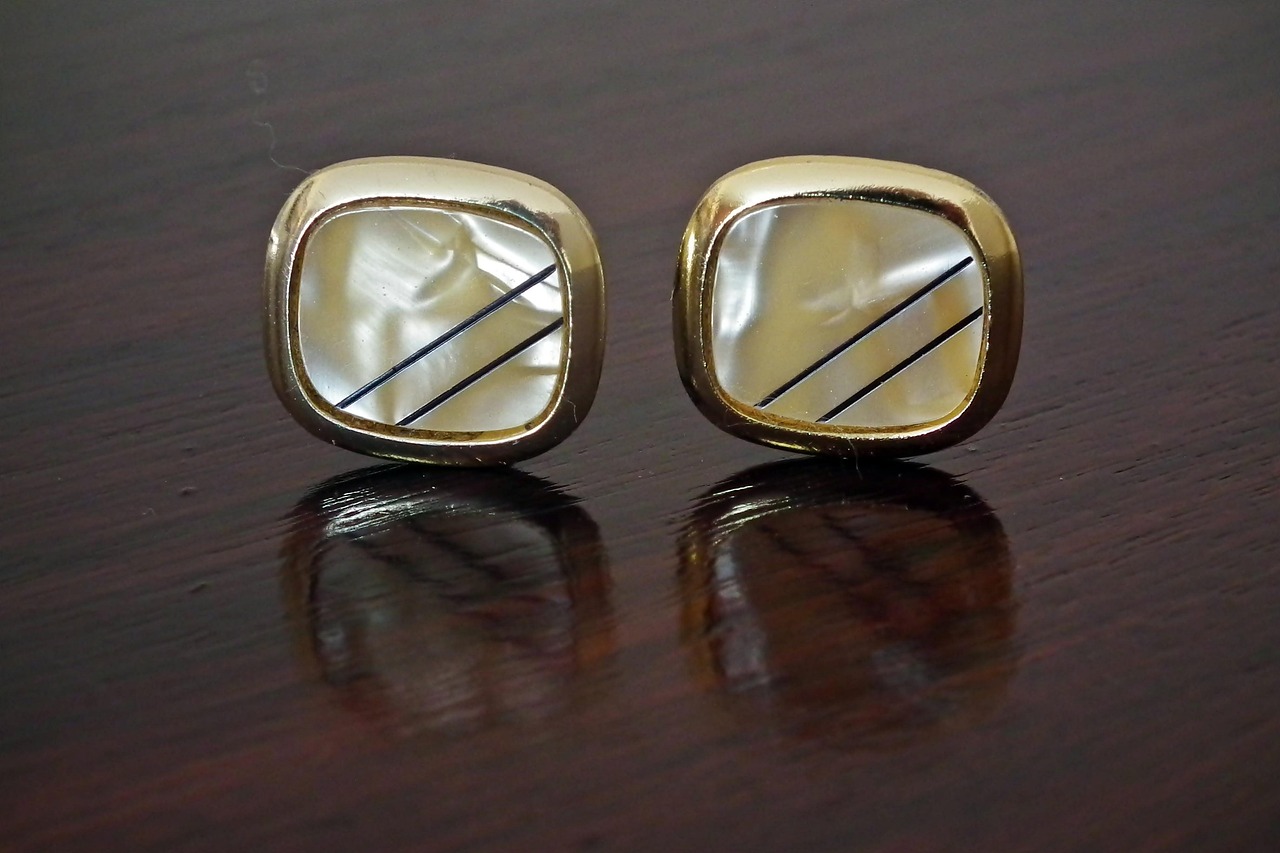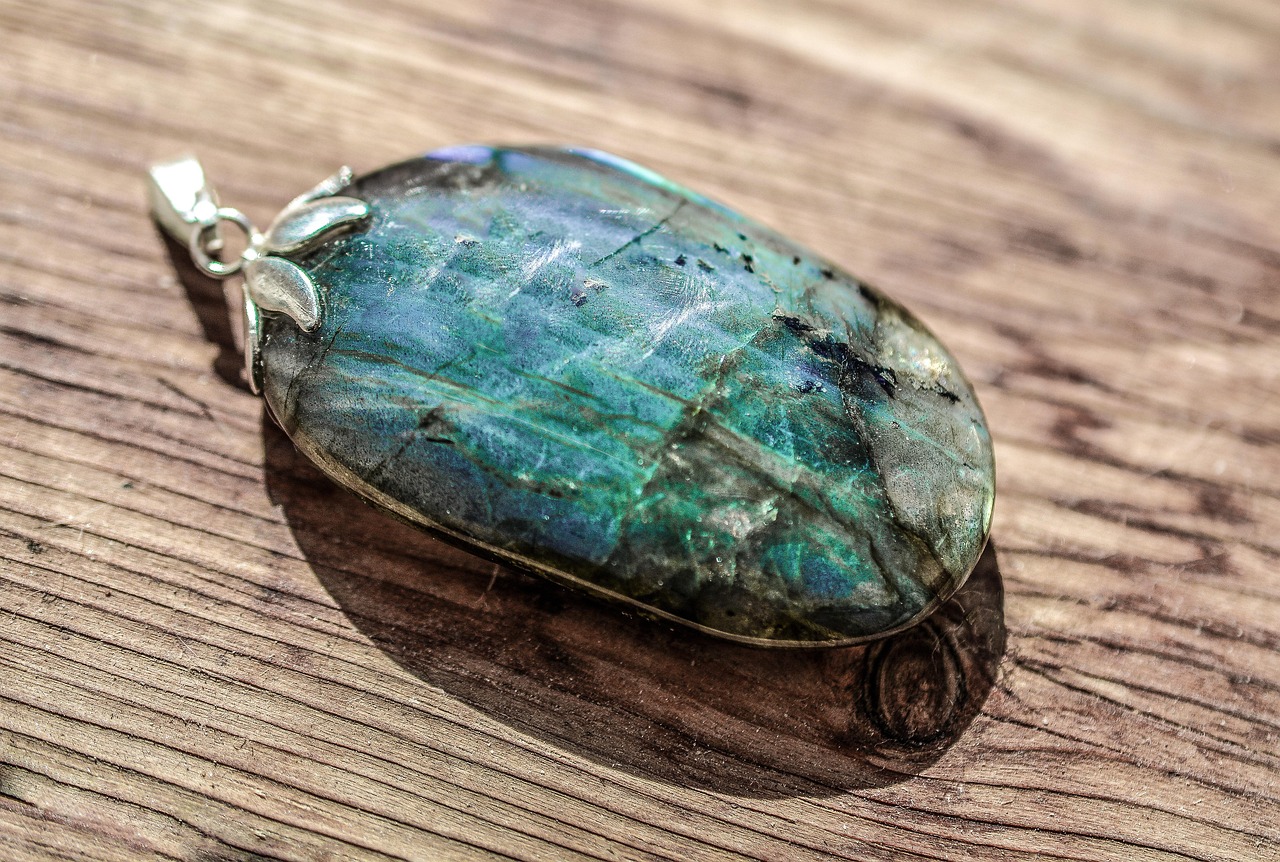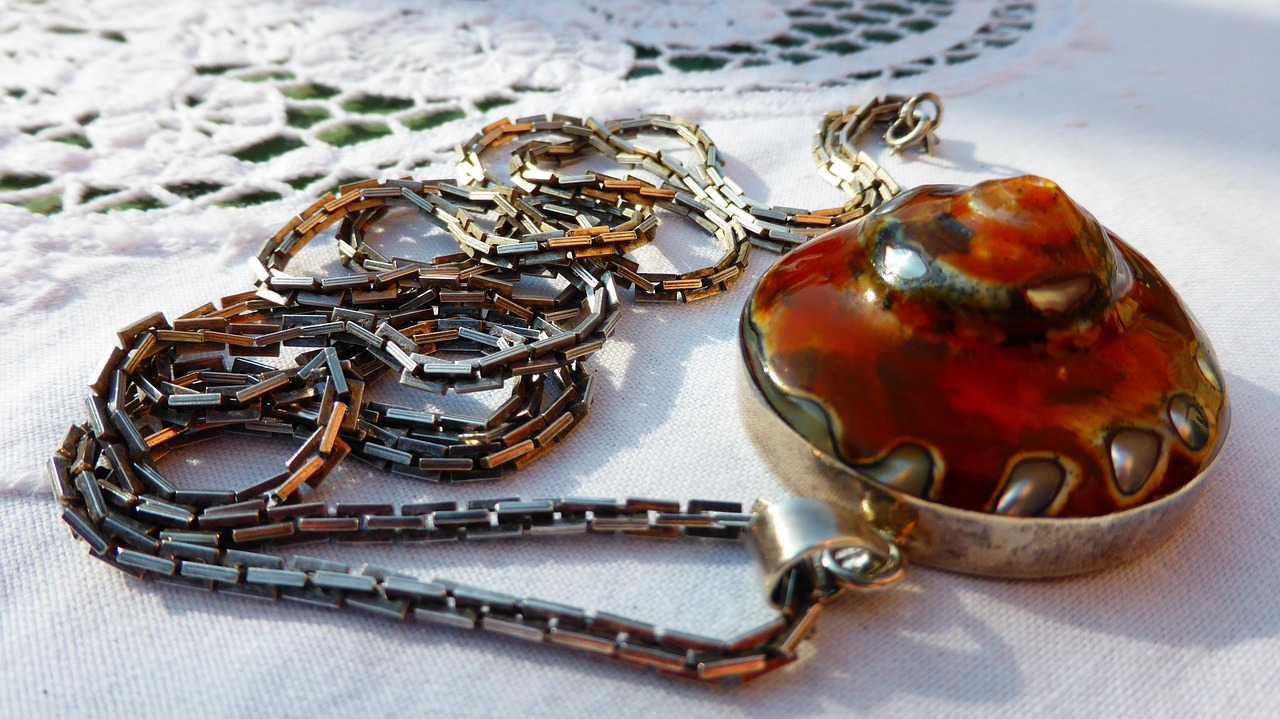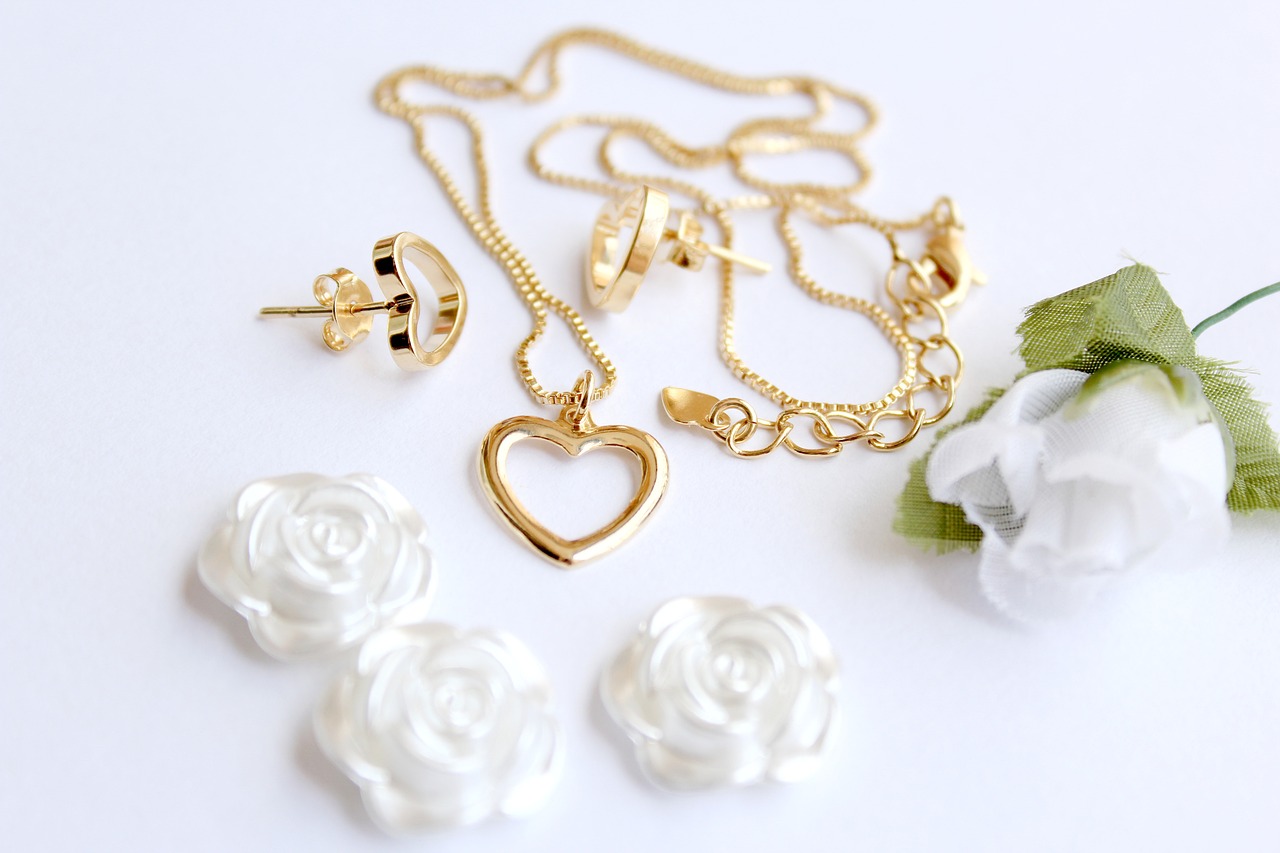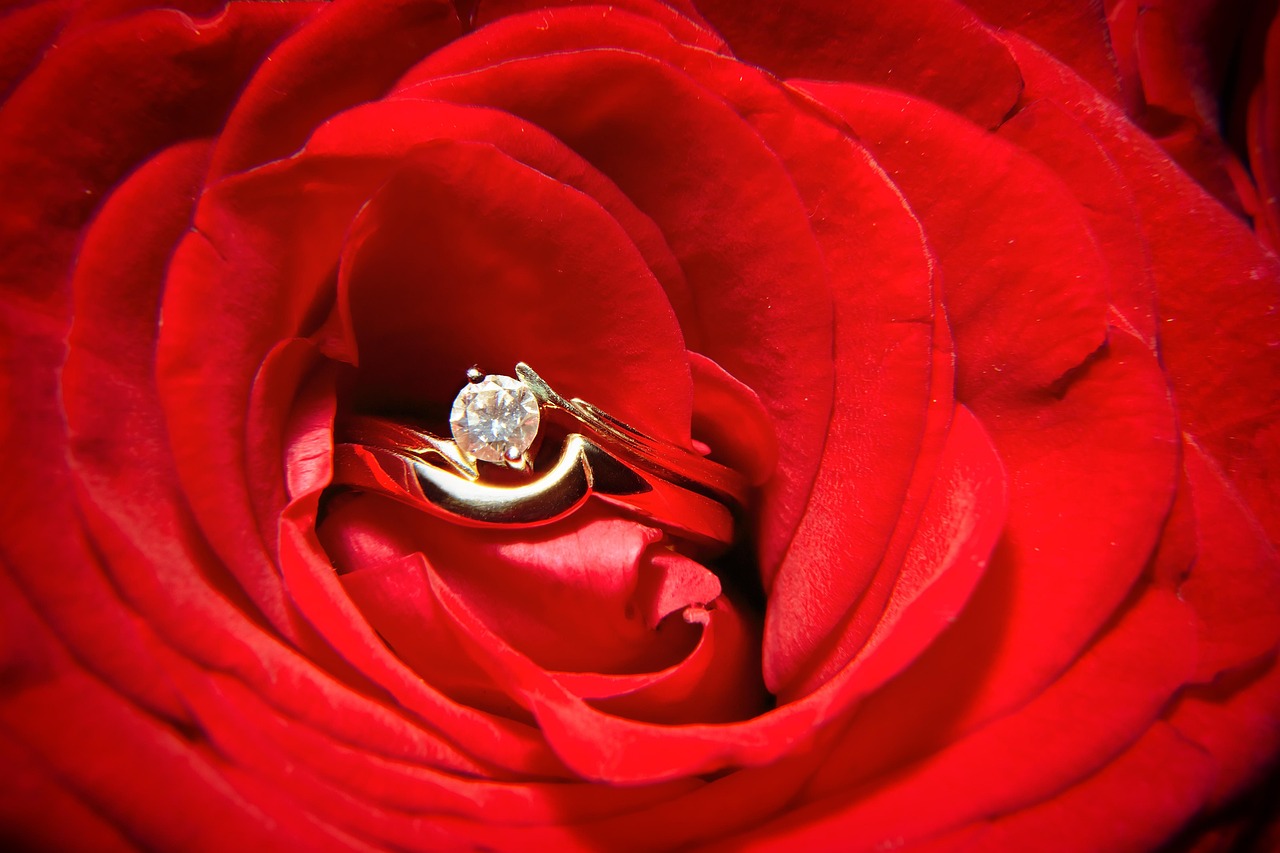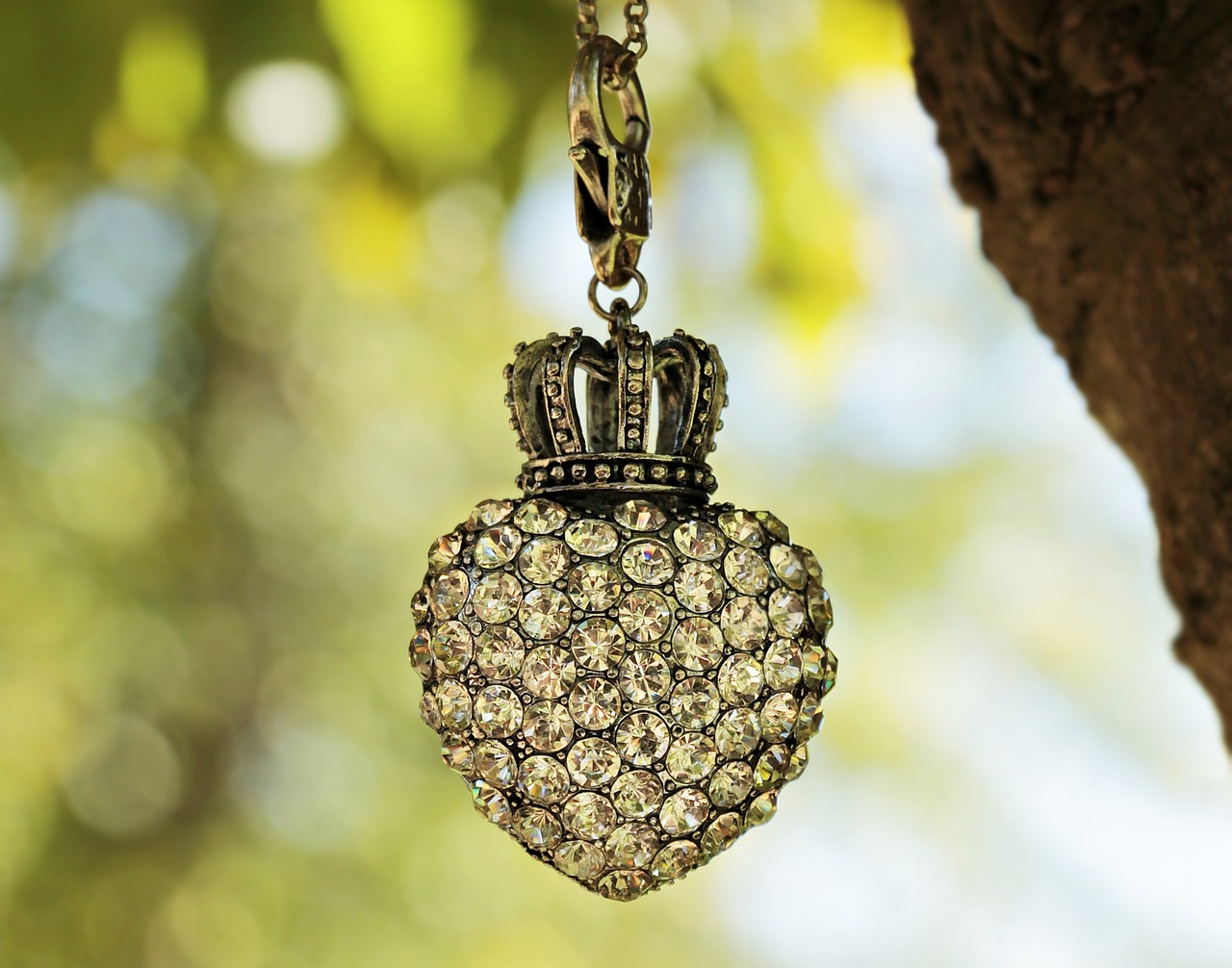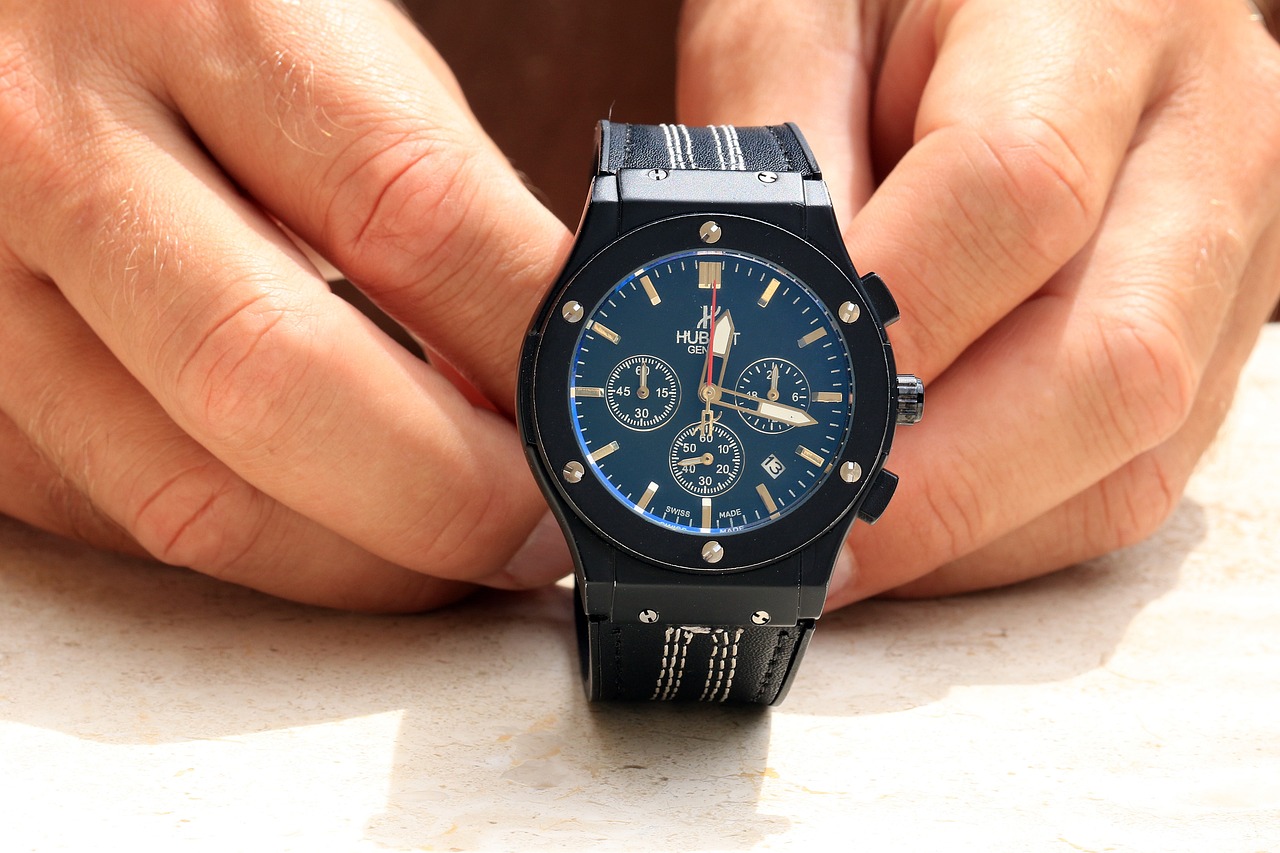This article explores prevalent mistakes made by investors in the jewelry market and offers practical advice on how to sidestep these pitfalls for a successful investment experience.
Understanding common mistakes can help investors make informed decisions. Here are some frequent errors:
- Lack of Research: Many investors jump into purchases without adequate knowledge of the market, leading to poor investment choices.
- Emotional Buying: Emotional attachment can cloud judgment, causing individuals to overpay for pieces that do not hold their value.
- Neglecting Market Trends: Failing to keep up with current trends can result in investing in outdated styles that are less likely to appreciate.
Conducting thorough research is vital for successful jewelry investments. Understanding market values and trends can significantly influence investment outcomes. Key areas to focus on include:
- Market Values: Knowing the current market price for different types of jewelry helps in making informed purchases.
- Trends: Awareness of what styles are in demand can guide your investment choices.
- Unique Characteristics: Different types of jewelry have unique features that can affect their value, such as gemstones and craftsmanship.
Evaluating the quality of jewelry is essential for investment. Key factors to consider include:
- Craftsmanship: Well-made pieces often retain value better than those that are poorly constructed.
- Materials: The type of metal and gemstones used can significantly impact the overall worth.
- Condition: Jewelry in excellent condition is more likely to appreciate than damaged pieces.
Certification from recognized authorities can significantly influence a piece’s value. Certifications assure quality and authenticity, making them critical in investment decisions. Always look for:
- Gemological Institute of America (GIA): A respected authority in gemstone grading.
- Professional Appraisals: These provide an unbiased assessment of value.
Getting a professional appraisal is a smart move for investors. The appraisal process involves:
- Assessment of Market Value: Appraisals help determine the current worth of a piece based on various factors.
- Documentation: A professional appraisal provides documentation that can be crucial for resale.
Emotional buying can lead to poor investment choices. Investors often experience:
- Clouded Judgment: Emotional attachment can result in overpaying for jewelry.
- Impulse Purchases: Acting on impulse can lead to regrettable investments.
Keeping abreast of market trends is essential for any investor. Here are tips to stay informed:
- Follow Industry News: Subscribe to jewelry magazines and websites that cover market trends.
- Attend Trade Shows: These events offer insights into emerging trends and networking opportunities.
Various resources can help investors gain insights into the jewelry market:
- Websites: Utilize reputable sites that provide market analyses.
- Publications: Read industry reports and guides for comprehensive information.
- Expert Consultations: Engage with professionals for tailored advice.
Building a network can provide support and knowledge. Consider:
- Joining Online Forums: Participate in discussions to share insights and learn from others.
- Attending Workshops: These can enhance your knowledge and connect you with like-minded individuals.
Diversifying your jewelry investments can mitigate risks. By investing in various types of jewelry, you can protect against market fluctuations and enhance overall portfolio stability.
Identifying the right types of jewelry for diversification is key. Consider:
- Vintage Pieces: Often have historical significance and can appreciate over time.
- Designer Jewelry: High demand can maintain value.
- Contemporary Styles: New trends can attract buyers and increase value.
Understanding the long-term value of jewelry is crucial for investment success. Factors contributing to appreciation include:
- Rarity: Unique pieces tend to hold and increase in value.
- Historical Significance: Jewelry with a rich history can attract collectors.
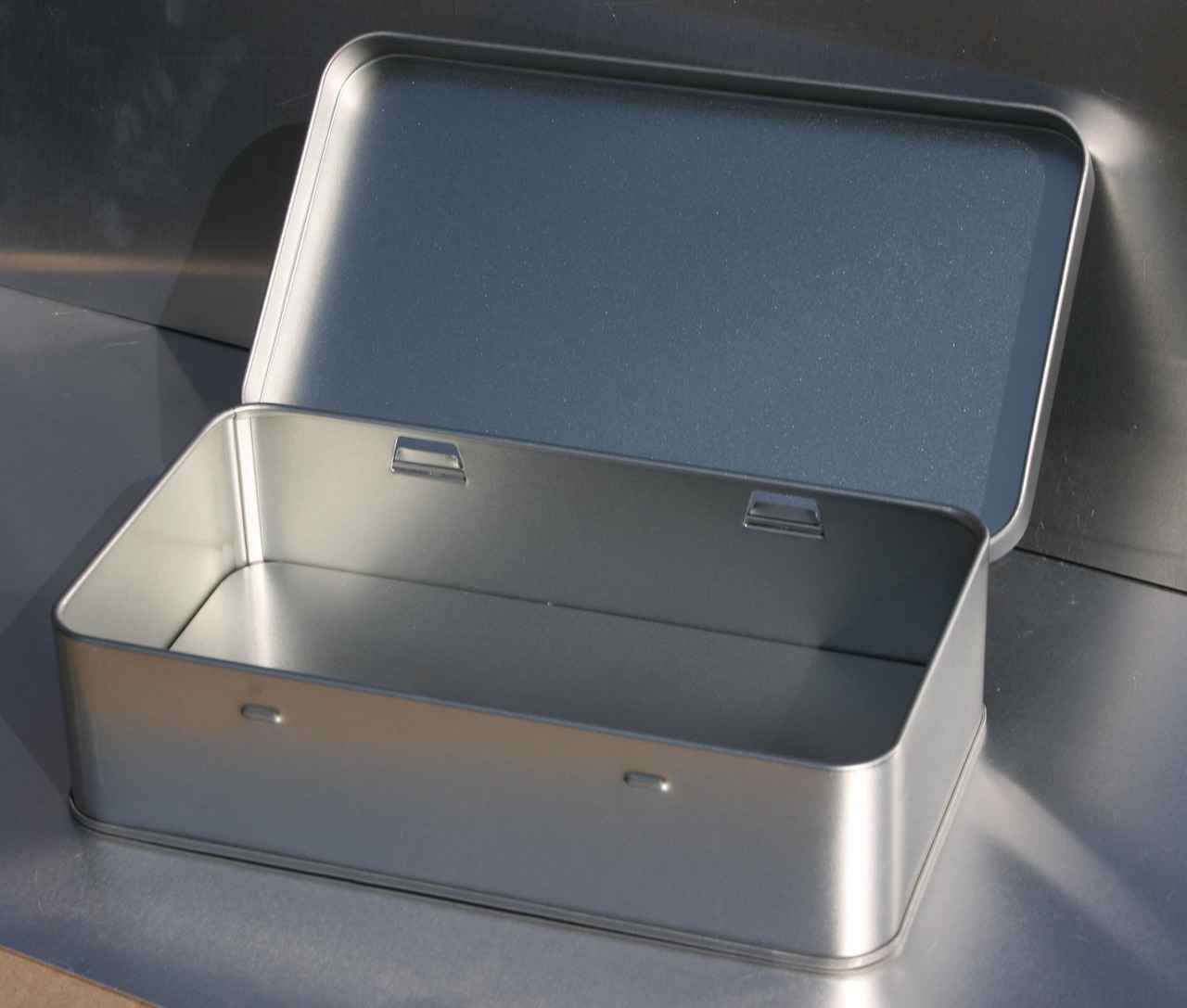
What Are the Most Common Jewelry Investment Mistakes?
Investing in jewelry can be a lucrative venture, but it is essential to navigate the landscape carefully. Understanding common mistakes can help investors make informed decisions and avoid costly errors. This section highlights frequent pitfalls in jewelry investment, including lack of research, emotional buying, and neglecting market trends.
One of the most significant mistakes investors make is the lack of research. Many individuals jump into purchases without fully understanding the market dynamics, including the value of specific pieces, the reputation of designers, and the current demand for certain styles. Conducting thorough research allows investors to gauge the potential worth of their investments and avoid overpaying. Resources such as industry reports, jewelry appraisal guides, and expert consultations can provide invaluable insights.
Another common error is emotional buying. It is easy to become attached to a piece of jewelry, especially if it has sentimental value or a captivating design. However, this emotional connection can cloud judgment and lead to poor investment decisions. Investors may find themselves overpaying simply because they are enamored with a piece, rather than evaluating it based on its market value and potential for appreciation. To counteract this tendency, it is crucial to approach purchases with a business mindset and remain objective.
Additionally, many investors tend to neglect market trends. The jewelry market is constantly evolving, influenced by fashion trends, economic factors, and consumer preferences. Ignoring these trends can result in investments that depreciate in value or become outdated. Staying informed about current and emerging trends is essential for making educated investment choices. Subscribing to industry publications, attending trade shows, and following influential figures in the jewelry world can help investors remain updated.
- Lack of Research: Understand market dynamics before investing.
- Emotional Buying: Avoid letting feelings drive investment decisions.
- Neglecting Market Trends: Keep abreast of changes in consumer preferences.
In conclusion, avoiding these common mistakes can significantly enhance an investor’s experience in the jewelry market. By committing to research, maintaining objectivity, and staying updated on market trends, investors can make more informed decisions that lead to successful outcomes. With the right approach, jewelry investment can be both rewarding and enjoyable.
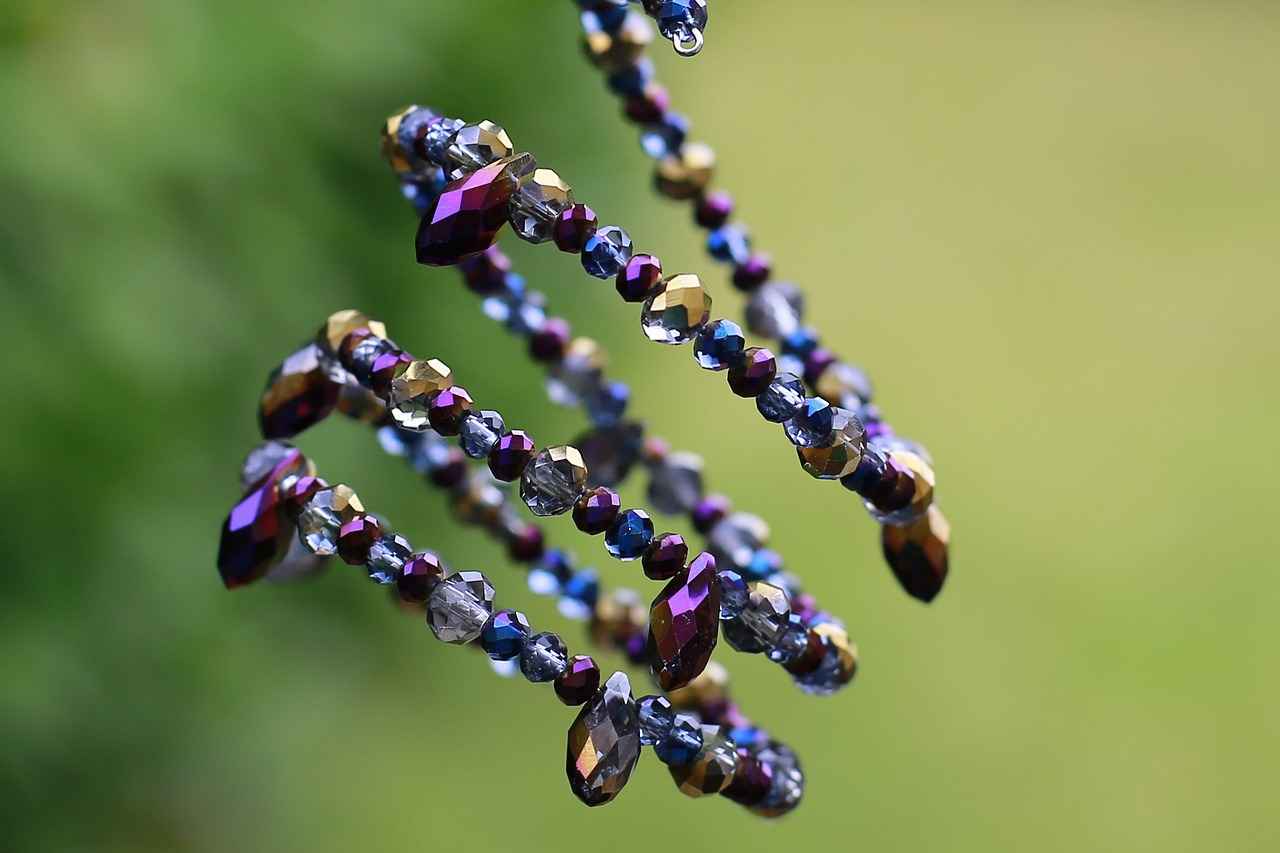
Why Is Research Crucial Before Investing in Jewelry?
Investing in jewelry can be a rewarding venture, but it requires a solid foundation of knowledge and understanding. Conducting thorough research is vital for successful jewelry investments. This section delves into the significance of grasping market values, trends, and the unique characteristics of various types of jewelry.
One of the first steps in jewelry investment is understanding market values. Jewelry pieces can vary significantly in price based on factors such as brand reputation, materials used, and historical significance. For instance, a vintage piece from a renowned designer may appreciate over time, while mass-produced items may not hold their value. Therefore, it is essential to familiarize yourself with the current market conditions and historical pricing trends.
Additionally, staying informed about trends in the jewelry market can significantly impact your investment decisions. Jewelry styles and preferences can change rapidly; what is in vogue today may not be tomorrow. Engaging with fashion publications, attending jewelry shows, and following influential designers on social media can provide insights into emerging trends. This knowledge can help investors make timely decisions, ensuring they buy pieces that are likely to appreciate in value.
Understanding the unique characteristics of different types of jewelry is equally important. For example, the value of gemstones can fluctuate based on their rarity, cut, and quality. Diamonds, rubies, and emeralds all have distinct grading systems that affect their market value. Familiarizing yourself with these characteristics can empower you to make informed choices. Researching the history of specific pieces can also reveal their provenance, which can enhance their value in the eyes of collectors.
Moreover, engaging with experts in the field can provide invaluable insights. Consulting with gemologists, appraisers, and seasoned investors can help clarify complex aspects of jewelry investment. They can offer advice on what to look for when purchasing jewelry and help you avoid common pitfalls. Networking with other investors can also yield practical knowledge about the market and its fluctuations.
In conclusion, thorough research is the cornerstone of successful jewelry investment. By understanding market values, staying updated on trends, and recognizing the unique characteristics of different jewelry types, investors can position themselves for success. This proactive approach not only helps in making informed decisions but also enhances the potential for long-term appreciation of their jewelry investments.
How to Evaluate Jewelry Quality?
When it comes to investing in jewelry, understanding how to evaluate its quality is of utmost importance. The value of a jewelry piece can be significantly influenced by several key factors. This article will delve into these crucial elements, providing you with the necessary insights to make informed investment decisions.
- Craftsmanship: The skill and artistry involved in creating a piece of jewelry can greatly affect its value. High-quality craftsmanship often features intricate details, precise settings, and a flawless finish. Look for signs of attention to detail, such as the uniformity of settings and the overall design integrity.
- Materials: The type of materials used is another critical factor. Precious metals such as gold, platinum, and silver not only enhance the aesthetic appeal but also contribute to the intrinsic value of the piece. Additionally, the quality of gemstones used—considering their cut, clarity, color, and carat weight—plays a significant role in determining overall worth.
- Condition: The physical state of the jewelry piece is essential. Items that are well-maintained, free of scratches, and show minimal signs of wear are generally valued higher. Always inspect for any repairs or modifications, as these can impact both aesthetic appeal and market value.
Certification from recognized gemological laboratories can provide assurance regarding the quality and authenticity of a piece. Certified jewelry typically comes with detailed reports that verify the characteristics of gemstones and materials used. This documentation can significantly enhance the resale value and investor confidence.
The history of a jewelry piece, known as provenance, can also influence its value. Pieces with a notable background, such as having belonged to a famous individual or being part of a significant collection, often command higher prices. Understanding the story behind a piece can add an emotional and financial layer to the investment.
- All Vintage Jewelry is Valuable: While vintage pieces can be valuable, not all are created equal. The quality of craftsmanship and materials still applies.
- Price Equals Quality: A higher price tag does not always guarantee superior quality. It’s essential to conduct thorough evaluations beyond just the cost.
- All Certifications Are Equal: Not all certifications carry the same weight. It’s crucial to ensure that the certification comes from a reputable and recognized authority.
To conduct a comprehensive evaluation, consider consulting with a professional appraiser or gemologist. They can provide expert insights and help you understand the finer details of the piece. Additionally, doing your own research on market trends and comparable pieces can aid in making a more informed decision.
In summary, evaluating jewelry quality involves a multifaceted approach that considers craftsmanship, materials, condition, certification, and provenance. By paying attention to these factors, investors can make better choices in the jewelry market, ensuring their investments are both valuable and meaningful.
What Role Does Certification Play in Jewelry Investment?
When it comes to investing in jewelry, understanding the role of certification is crucial. Certifications from recognized authorities can significantly enhance a piece’s value by providing assurance of its quality and authenticity. This section delves into why these certifications are essential in making informed investment decisions.
Investors often seek out jewelry that not only appeals to their aesthetic preferences but also holds value over time. Certifications serve as a guarantee that the jewelry meets specific industry standards. They are issued by reputable organizations that specialize in evaluating gemstones and precious metals. This verification can lead to increased trust among potential buyers and sellers alike.
Certifications provide detailed information about the jewelry, including its materials, craftsmanship, and overall condition. For example, a diamond certification typically includes the 4 Cs: cut, color, clarity, and carat weight. This information allows investors to make comparisons between similar pieces and assess their worth accurately. Without such certifications, buyers may find themselves relying solely on the seller’s word, which can lead to potential fraud.
- Gemological Institute of America (GIA): Renowned for its strict grading standards.
- American Gem Society (AGS): Offers certifications focused on quality and ethical sourcing.
- International Gemological Institute (IGI): Provides comprehensive reports on diamonds and colored stones.
- Certified Appraisers: Ensure that the jewelry is appraised accurately and fairly.
Investors should consider that jewelry with credible certifications often fetches a higher resale value. When a piece is accompanied by a recognized certification, it instills confidence in potential buyers regarding its authenticity and condition. This can lead to a quicker sale at a favorable price, making certifications a wise investment consideration.
Purchasing non-certified jewelry can be risky. The absence of certification increases the likelihood of acquiring items that may not be genuine or that have undisclosed flaws. This can lead to significant financial losses, as the market value of unverified pieces is often much lower than expected. Furthermore, without proper documentation, reselling such items can prove challenging, limiting the investor’s options.
When investing in jewelry, it’s essential to verify the authenticity of the certification itself. Look for security features such as holograms or unique serial numbers that can be cross-referenced with the certifying body. Additionally, reputable sellers should provide access to the certification details, allowing buyers to confirm the information independently.
In summary, certifications play a pivotal role in jewelry investment by ensuring quality, authenticity, and potentially higher resale values. Investors should prioritize pieces that come with recognized certifications to safeguard their investments and enhance their overall experience in the jewelry market.
Why Should You Consider Appraisals?
When investing in jewelry, understanding the true market value of a piece is essential. This is where professional appraisals come into play. An appraisal provides an unbiased evaluation of a jewelry item, taking into account various factors that contribute to its worth. Let’s delve into the appraisal process and explore why it is a vital step for any serious investor.
The appraisal process typically involves several key steps:
- Initial Consultation: The appraiser meets with the client to discuss the piece, its history, and any specific concerns.
- Inspection: The appraiser examines the jewelry closely, assessing its condition, craftsmanship, and materials.
- Research: The appraiser conducts market research to determine similar pieces’ values, considering current market trends.
- Documentation: A detailed report is created, outlining the findings and providing a professional valuation.
Investing in jewelry without a professional appraisal can lead to several pitfalls:
- Accurate Valuation: An appraisal ensures that you are aware of the true market value, helping you avoid overpaying or underselling.
- Insurance Purposes: A certified appraisal is often required for insurance coverage, protecting your investment in case of loss or theft.
- Resale Insight: Understanding the value of your jewelry can inform your decisions if you choose to resell in the future.
- Negotiation Power: Armed with a professional appraisal, you can negotiate better deals when buying or selling jewelry.
Several factors can significantly impact the appraisal value of jewelry:
- Material Quality: The type and quality of materials used, such as gold, silver, or gemstones, play a crucial role.
- Craftsmanship: The level of skill involved in creating the piece can enhance its value.
- Market Trends: Current demand and trends in the jewelry market can affect valuations.
- Provenance: The history and previous ownership of a piece can add to its value, especially for vintage or designer items.
Choosing the right appraiser is crucial for obtaining an accurate valuation. Consider the following:
- Credentials: Look for appraisers with certifications from recognized organizations, ensuring they adhere to industry standards.
- Experience: An experienced appraiser will have a deeper understanding of market trends and jewelry valuation.
- References: Seek recommendations from trusted sources or read reviews to gauge an appraiser’s reliability and expertise.
In conclusion, obtaining a professional appraisal is not just a formality; it’s a smart investment strategy that can save you money and provide peace of mind. By understanding the appraisal process and its significance, investors can make informed decisions that enhance their jewelry portfolios.
What Are the Risks of Emotional Buying?
Investing in jewelry can be an exciting venture, but it comes with its own set of challenges, particularly when emotions come into play. Emotional buying can cloud judgment and lead to poor investment choices, making it crucial for investors to recognize the risks involved.
When individuals become emotionally attached to a piece of jewelry, their ability to make rational investment decisions diminishes. This attachment can stem from personal experiences, sentimental value, or even the allure of a particular design. As a result, investors may overlook critical factors such as market value and potential resale worth. Instead of viewing the piece as an investment, they may view it as a cherished possession, leading to decisions that prioritize emotional satisfaction over financial prudence.
One of the most significant risks associated with emotional buying is overpaying for jewelry. When emotions drive the purchasing process, investors may ignore market research and comparable sales data. They might fall victim to marketing tactics that emphasize the uniqueness or beauty of a piece without considering its actual value. This can lead to inflated prices and regrettable purchases that do not yield a return on investment.
Impulsive purchases, often fueled by emotional responses, can have lasting consequences. These decisions can lead to:
- Financial Loss: Over time, the value of impulsively purchased jewelry may decrease, resulting in a financial loss when the investor attempts to sell it.
- Regret: Many investors experience buyer’s remorse when they realize they spent more than necessary or purchased a piece that does not fit their investment strategy.
- Missed Opportunities: Emotional buying can distract investors from exploring other, potentially more lucrative options within the jewelry market.
To mitigate the risks associated with emotional buying, investors can adopt several strategies:
- Set a Budget: Establishing a clear budget before entering the jewelry market can help maintain focus and prevent overspending.
- Conduct Research: Thorough research into market trends, values, and comparable pieces is essential for making informed decisions.
- Seek Professional Advice: Consulting with jewelry appraisers or investment advisors can provide valuable insights and help investors remain objective.
- Take Time: Allowing time to reflect on a potential purchase can help curb impulsive decisions driven by emotion. Consider waiting a few days before finalizing a purchase.
Maintaining objectivity in jewelry investment is vital for long-term success. By focusing on data-driven decisions rather than emotional impulses, investors can build a more robust portfolio that aligns with their financial goals. This approach not only enhances the potential for profit but also fosters a more satisfying investment experience.
In conclusion, understanding the risks of emotional buying is essential for anyone looking to invest in jewelry. By recognizing how emotional attachment can cloud judgment and lead to overpaying, investors can take proactive steps to ensure their decisions are grounded in research and objectivity. Ultimately, a well-informed investor is more likely to achieve success in the jewelry market.
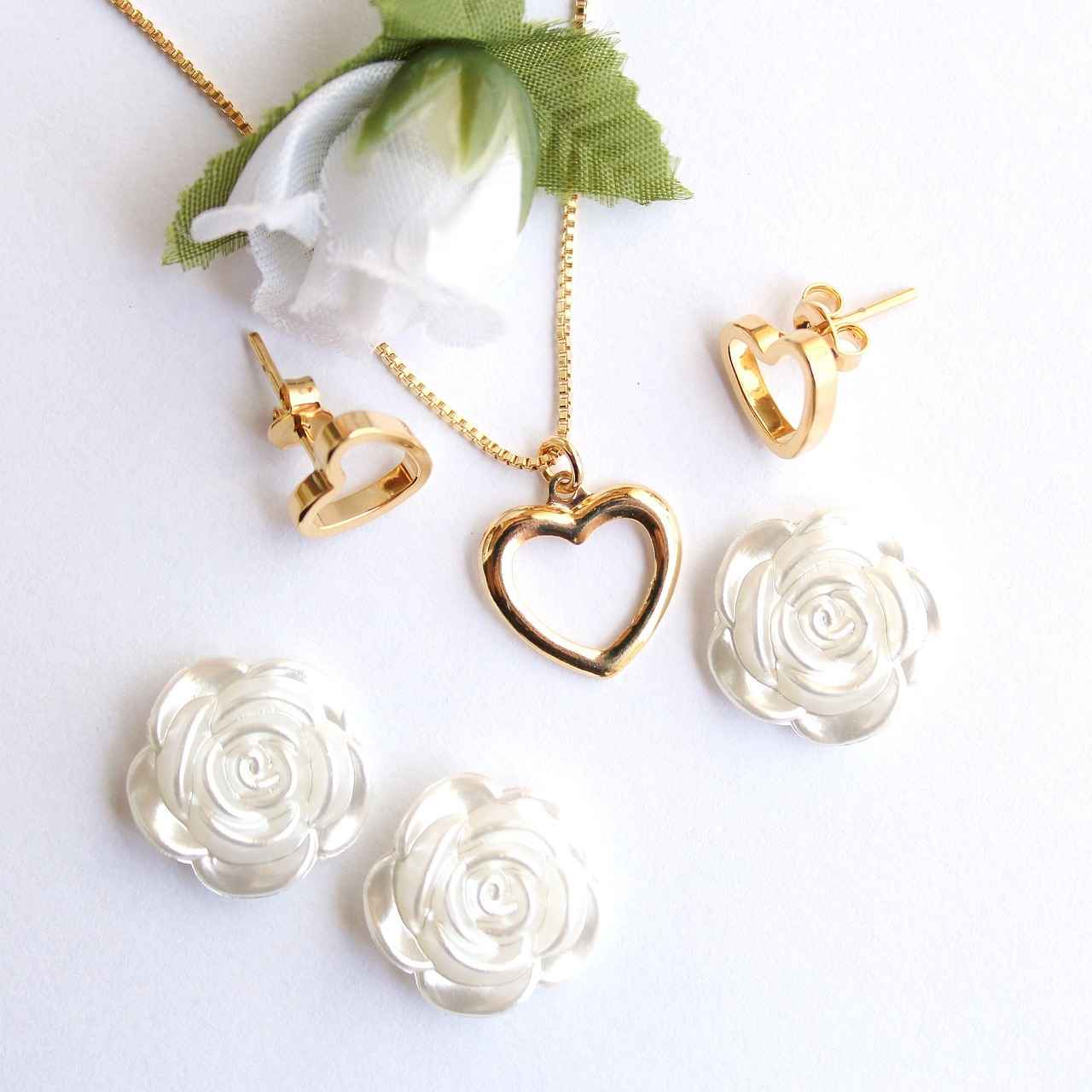
How to Stay Updated on Jewelry Market Trends?
Staying informed about jewelry market trends is crucial for any investor looking to make sound decisions. The jewelry market can be volatile, influenced by various factors such as economic conditions, consumer preferences, and emerging styles. This section aims to provide you with effective strategies for finding reliable information and interpreting market signals.
Understanding market trends can help you identify investment opportunities and avoid potential pitfalls. By keeping an eye on trends, you can:
- Make informed decisions based on current market conditions.
- Identify emerging styles that may appreciate in value.
- Avoid overpaying for items that may lose value.
There are numerous resources available for investors seeking to stay updated on jewelry market trends. Here are some of the most effective:
- Industry Publications: Magazines and journals dedicated to jewelry often feature expert insights and market analysis.
- Online Platforms: Websites like JCK Online and NBC News provide up-to-date news on market trends and events.
- Social Media: Following industry experts and influencers on platforms like Instagram and Twitter can offer real-time insights.
- Trade Shows: Attending events such as the JCK Las Vegas Show or Baselworld can provide firsthand information on the latest trends and innovations.
Interpreting market signals requires a keen eye and analytical skills. Here are some tips to help you:
- Monitor Price Trends: Keep track of price fluctuations for different types of jewelry. A rising trend may indicate growing demand.
- Observe Consumer Preferences: Pay attention to what styles and materials are gaining popularity among consumers.
- Analyze Economic Indicators: Economic factors such as inflation rates and consumer spending can impact the jewelry market.
Utilizing data effectively can enhance your investment strategy. Consider the following:
- Historical Data: Analyzing past trends can provide insights into future performance.
- Market Reports: Comprehensive reports from market research firms can offer valuable information on consumer behavior and market forecasts.
- Expert Opinions: Consulting with jewelers or investment analysts can provide tailored advice based on their experience.
In conclusion, staying updated on jewelry market trends is not just beneficial; it is essential for making informed investment decisions. By leveraging reliable resources and effectively interpreting market signals, you can position yourself for success in the ever-evolving jewelry market.
What Resources Are Available for Jewelry Market Insights?
In the ever-evolving world of jewelry investment, staying informed is crucial for making sound decisions. Investors must leverage various resources to gain insights into market trends, valuations, and emerging opportunities. This section explores the most effective resources available for jewelry market insights, ensuring investors are well-equipped to navigate this intricate landscape.
Numerous websites serve as excellent starting points for investors seeking jewelry market information. Here are some noteworthy platforms:
- JCK Online: A leading source for news, trends, and analysis in the jewelry industry, JCK provides articles and reports that cover everything from market forecasts to consumer behavior.
- National Jeweler: This site offers valuable insights into the retail jewelry market, including pricing trends and expert opinions on various jewelry categories.
- Rapaport: Known for its diamond pricing lists, Rapaport is an essential resource for investors focusing on diamonds, providing market reports and analysis.
In addition to online resources, several publications offer in-depth analysis and expert opinions on jewelry investment:
- The Jewelry Loupe: This magazine focuses on trends, investment strategies, and expert interviews, making it a valuable resource for serious investors.
- Gem & Jewelry Magazine: A publication dedicated to the gem and jewelry industry, it covers market developments and showcases featured pieces that can inspire investment decisions.
Consulting with industry experts can provide personalized insights that generic resources may not offer. Consider the following:
- Gemologists: They can assess the quality and authenticity of pieces, helping investors make informed purchasing decisions.
- Investment Advisors: Specialists in jewelry investments can offer tailored advice based on market conditions, individual risk tolerance, and investment goals.
Engaging with online communities can be invaluable for investors:
- Reddit: Subreddits like r/jewelry and r/investment provide platforms for discussions, advice, and shared experiences among jewelry investors.
- Facebook Groups: Many groups focus on jewelry investment, where members share tips, market trends, and personal stories that can aid in decision-making.
Social media platforms can also be a goldmine for information:
- Instagram: Follow reputable jewelers and influencers who often share market trends, new collections, and investment tips.
- LinkedIn: Connect with industry professionals and join groups focused on jewelry investment to access exclusive insights and networking opportunities.
By utilizing these resources, investors can gain a comprehensive understanding of the jewelry market, allowing them to make informed and strategic investment decisions. Staying engaged with various platforms not only enhances knowledge but also builds a network that can lead to successful investment outcomes.
How to Network with Other Jewelry Investors?
Networking with other jewelry investors is a crucial aspect of building a successful investment strategy. By connecting with like-minded individuals, investors can gain valuable insights, share experiences, and stay informed about market trends. This section will explore various methods to effectively network within the jewelry investment community.
Networking provides support and knowledge that can enhance your investment decisions. Engaging with other investors allows you to learn from their successes and mistakes, thereby avoiding common pitfalls. Additionally, a strong network can lead to opportunities for collaboration, partnerships, and even exclusive deals.
- Attend Trade Shows: Trade shows are excellent venues for networking. They gather industry professionals, collectors, and investors under one roof. Participating in these events allows you to meet others in the field, exchange ideas, and discover new investment opportunities.
- Join Online Forums: The digital age has made it easier than ever to connect with fellow investors. Online forums and social media groups dedicated to jewelry investment provide a platform for discussion, sharing insights, and asking questions. Engaging in these communities can help you stay updated on trends and market changes.
- Participate in Workshops and Seminars: Workshops and seminars often feature expert speakers and provide a wealth of information. Attending these events not only enhances your knowledge but also allows you to meet others who share your interests.
- Utilize Networking Platforms: Websites like LinkedIn can be valuable for building professional connections. Joining groups focused on jewelry investment can facilitate discussions and help you connect with seasoned investors.
Building a network is not just about quantity; it’s also about quality. Here are some tips to foster meaningful relationships:
- Be Genuine: Approach networking with authenticity. Show genuine interest in others’ experiences and insights.
- Share Knowledge: Contributing your own insights and experiences can help establish you as a valuable member of the community.
- Follow Up: After meeting someone, follow up with a message or email. This simple act can help solidify the connection and open the door for future interactions.
In addition to attending events and joining online forums, there are several resources that can facilitate networking:
- Investment Clubs: Joining a jewelry investment club can provide structured opportunities for networking and learning.
- Newsletters and Publications: Subscribing to industry newsletters can keep you informed about upcoming events and changes in the market, giving you more opportunities to connect with others.
- Local Meetups: Many cities host meetups for jewelry enthusiasts and investors. Participating in these local gatherings can provide a more personal networking experience.
In conclusion, networking is an integral part of being a successful jewelry investor. By attending trade shows, joining online forums, and building genuine relationships, you can enhance your knowledge, gain valuable insights, and ultimately make more informed investment decisions. Remember, the jewelry investment community is vast and supportive, so take advantage of the resources available to you.
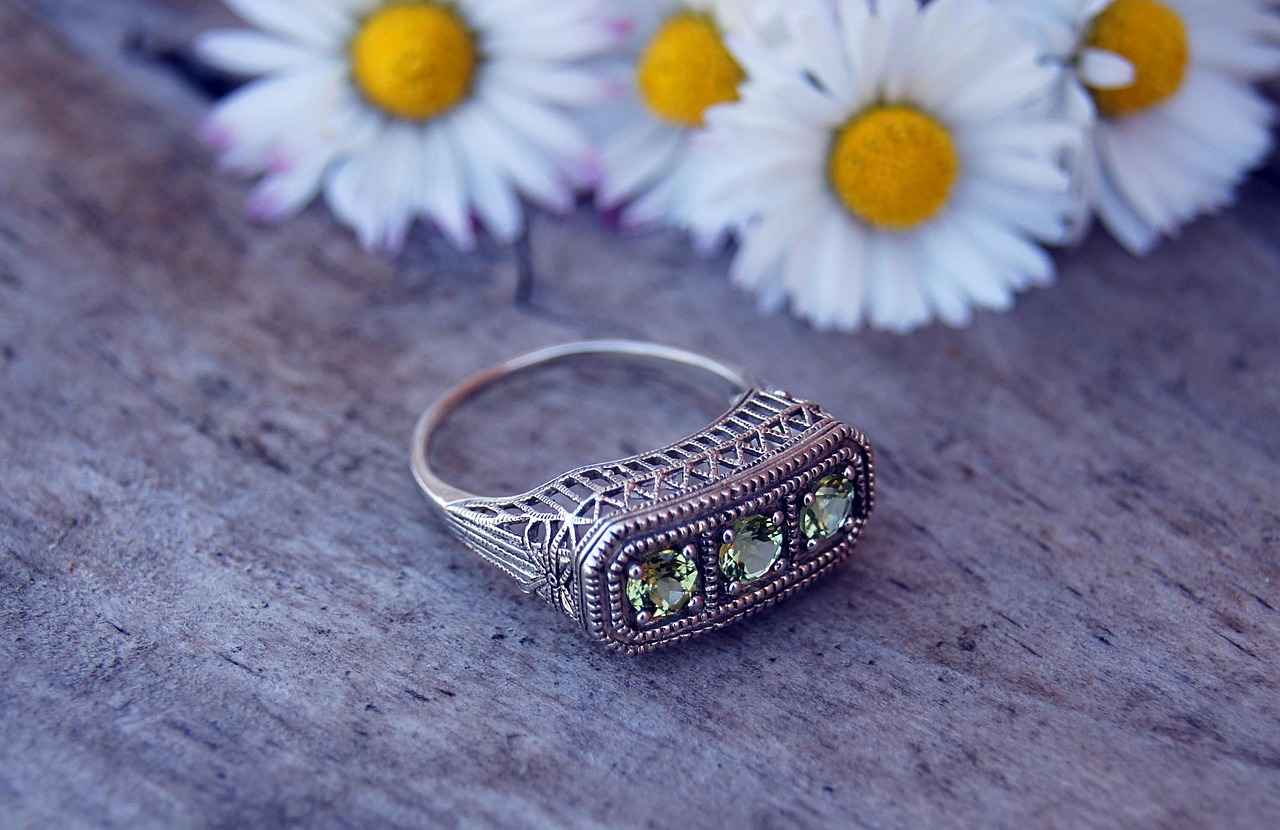
Why Is Diversification Important in Jewelry Investment?
Investing in jewelry can be a rewarding venture, but like any investment, it carries risks. One of the most effective strategies to minimize these risks is diversification. This approach involves spreading your investments across different types of jewelry to enhance your portfolio’s stability and protect against market fluctuations.
Diversification is crucial in jewelry investment for several reasons. First, it helps to mitigate risks. The jewelry market can be volatile, influenced by trends, economic conditions, and consumer preferences. By investing in a variety of jewelry types—such as vintage, contemporary, and designer pieces—you can cushion your portfolio against sudden downturns in any specific segment.
Additionally, diversification allows for greater potential returns. Different jewelry categories may appreciate at varying rates. For instance, vintage pieces may gain value over time due to their rarity, while contemporary designs might appeal to current trends, attracting buyers willing to pay a premium. By holding a mix of these assets, you can capitalize on various market dynamics.
- Vintage Jewelry: Often sought after for its historical significance, vintage pieces can appreciate significantly, especially if they come from renowned designers.
- Designer Jewelry: High-end designer pieces tend to maintain their value and can even appreciate due to brand prestige.
- Contemporary Jewelry: Modern pieces can attract younger buyers, making them a valuable addition to your portfolio.
- Antique Jewelry: Items that are over 100 years old can be highly collectible and often appreciate due to their rarity.
The jewelry market is subject to various influences, including economic conditions, consumer trends, and even geopolitical factors. For instance, during economic downturns, luxury items, including jewelry, may see a decline in demand. However, certain categories, such as vintage or antique jewelry, may retain or even increase in value as collectors seek out unique, timeless pieces. By diversifying your investments, you can protect against these fluctuations, ensuring that if one category underperforms, others may still thrive.
Understanding the long-term value of jewelry is critical for making informed investment decisions. Factors that contribute to a piece’s appreciation include its rarity, condition, and provenance. Rarity often drives demand; pieces that are limited in availability tend to appreciate more rapidly. Similarly, jewelry that is well-maintained will hold its value better than pieces that show signs of wear and tear.
Provenance, or the history of ownership, can also significantly affect value. Jewelry with a notable history, such as pieces owned by celebrities or from significant historical events, often commands higher prices. Therefore, when considering diversification, it is essential to not only focus on the type of jewelry but also on these underlying factors that can enhance value over time.
In conclusion, diversifying your jewelry investments is a strategic approach to mitigating risks and enhancing the stability of your portfolio. By investing in various types of jewelry, you position yourself to navigate market fluctuations effectively, while also capitalizing on potential appreciation across different segments. As you consider your jewelry investment strategy, remember that a well-rounded portfolio can lead to greater financial security and success in the long term.
What Types of Jewelry Should You Consider for Diversification?
Diversification in jewelry investment is crucial for managing risk and maximizing potential returns. By selecting various types of jewelry, investors can create a balanced portfolio that withstands market fluctuations. Below, we explore several key categories of jewelry that can enhance your investment strategy.
- Vintage Jewelry: Vintage pieces often carry historical significance and unique craftsmanship. These items can appreciate in value over time, particularly if they are from renowned eras or designers. Investing in vintage jewelry not only provides aesthetic pleasure but can also yield substantial returns.
- Designer Jewelry: High-end designer pieces, such as those from brands like Cartier or Tiffany & Co., are often seen as safe investments. Their brand recognition and quality craftsmanship contribute to their value retention and potential appreciation. Collecting designer jewelry can be a way to invest in luxury while enjoying the art of fine jewelry.
- Contemporary Jewelry: Contemporary pieces often reflect current trends and innovations in design. While they may not have the historical weight of vintage jewelry, many contemporary artists are gaining recognition, leading to increased demand and value. Investing in emerging designers can be a smart move for those looking to tap into future trends.
- Antique Jewelry: Similar to vintage jewelry, antique pieces are typically over 100 years old and often possess unique characteristics that appeal to collectors. Their rarity can make them highly sought after, especially if they are in excellent condition. Antique jewelry can serve as a hedge against inflation, as their value tends to rise over time.
- Fine Gemstone Jewelry: Jewelry featuring high-quality gemstones, such as diamonds, rubies, or sapphires, can be an excellent investment. The value of gemstones can appreciate significantly, especially if they are certified and possess desirable qualities like color, clarity, and cut. Investing in fine gemstone jewelry not only offers beauty but also potential financial rewards.
- Costume Jewelry: While often seen as less valuable, certain pieces of costume jewelry can appreciate due to their rarity and unique designs. Collecting vintage costume jewelry can be an affordable way to enter the market and potentially yield profits, especially if the pieces are from notable designers.
In summary, diversifying your jewelry investments across various categories can provide a balanced approach to mitigating risks and enhancing returns. By considering vintage, designer, contemporary, antique, fine gemstone, and even costume jewelry, investors can create a well-rounded portfolio that captures different market segments. As trends evolve, staying informed about the unique attributes and market demand of each category will be essential for making informed investment decisions.
Ultimately, the key to successful jewelry investment lies in understanding the nuances of each category and how they can complement one another within your portfolio. By embracing diversity in your jewelry investments, you position yourself for greater stability and potential growth in the ever-evolving jewelry market.
How to Assess the Long-Term Value of Jewelry?
Assessing the long-term value of jewelry is a crucial aspect of making informed investment decisions. Understanding what drives appreciation in the jewelry market can significantly enhance your investment strategy. In this section, we will explore key factors that contribute to the long-term value of jewelry, focusing on rarity, historical significance, and other essential elements.
Rarity plays a fundamental role in determining the value of jewelry. Pieces that are limited in availability often command higher prices due to their exclusivity. For instance, one-of-a-kind designs or jewelry made with rare gemstones can appreciate significantly over time. Investors should always consider the scarcity of materials and the uniqueness of the design when assessing potential investments.
Jewelry with a rich history or connection to significant events can also appreciate in value. Pieces once owned by famous personalities or those linked to historical moments often attract collectors and investors alike. For example, jewelry associated with royal families or cultural milestones tends to have a higher demand in the market. Understanding the background of a piece can provide insights into its potential for appreciation.
The quality of craftsmanship is another vital factor in assessing long-term value. High-quality materials and meticulous workmanship can enhance a piece’s desirability. Look for jewelry that showcases exceptional craftsmanship, as these pieces are more likely to retain their value over time. Key indicators of quality include the type of metals used, the clarity of gemstones, and the overall design integrity.
Keeping an eye on market trends is essential for any jewelry investor. The jewelry market can be influenced by fashion trends, economic conditions, and even cultural shifts. By staying informed about these trends, investors can make better decisions about when to buy or sell their pieces. Regularly consulting reliable sources such as jewelry market reports and expert analyses can provide valuable insights into current and future market dynamics.
Obtaining a professional appraisal is crucial for understanding the true value of your jewelry. Certified appraisals provide an objective assessment of a piece’s worth, taking into account its quality, rarity, and market conditions. Additionally, certification from recognized authorities can significantly enhance a piece’s credibility and value. Always seek out certified appraisers to ensure accurate evaluations.
Proper maintenance of jewelry is often overlooked, yet it is essential for preserving value. Regular cleaning, safe storage, and timely repairs can prevent deterioration and maintain a piece’s aesthetic appeal. Neglecting these aspects can lead to a decrease in value over time. Ensure that your jewelry is well cared for, as this will contribute positively to its long-term worth.
Diversification is a key strategy in jewelry investment. By investing in a variety of pieces, including vintage, contemporary, and designer items, you can mitigate risks and enhance your portfolio’s stability. Each category can respond differently to market fluctuations, making a diversified approach beneficial for long-term growth.
In conclusion, assessing the long-term value of jewelry requires a comprehensive understanding of various factors, including rarity, historical significance, craftsmanship, market trends, and maintenance. By considering these elements, investors can make informed decisions that contribute to the success of their jewelry investment journey.
Frequently Asked Questions
- What are the most common mistakes investors make when buying jewelry?
Many investors often skip thorough research, leading to uninformed decisions. Emotional buying is another pitfall, where feelings overshadow logic, causing overpayment. Ignoring market trends can also be detrimental, as it prevents investors from recognizing the right time to buy or sell.
- Why is research so crucial before investing in jewelry?
Research is your best friend in jewelry investment! It helps you understand market values and trends, ensuring you make informed choices. Knowing the unique characteristics of different jewelry types can significantly impact your investment’s success.
- How can I evaluate the quality of jewelry?
Evaluating jewelry quality involves looking at craftsmanship, materials, and overall condition. High-quality pieces often feature intricate designs and superior materials, which can greatly affect their value. Don’t hesitate to seek expert opinions when in doubt!
- What role does certification play in jewelry investment?
Certification is like a badge of honor for jewelry! It assures buyers of a piece’s quality and authenticity, making it a critical factor in investment decisions. Always look for certifications from recognized authorities to ensure you’re making a sound investment.
- How can I stay updated on jewelry market trends?
Staying informed is key! Regularly check reputable websites, subscribe to industry publications, and engage with experts. Joining online forums can also provide valuable insights and keep you in the loop about the latest market signals.
